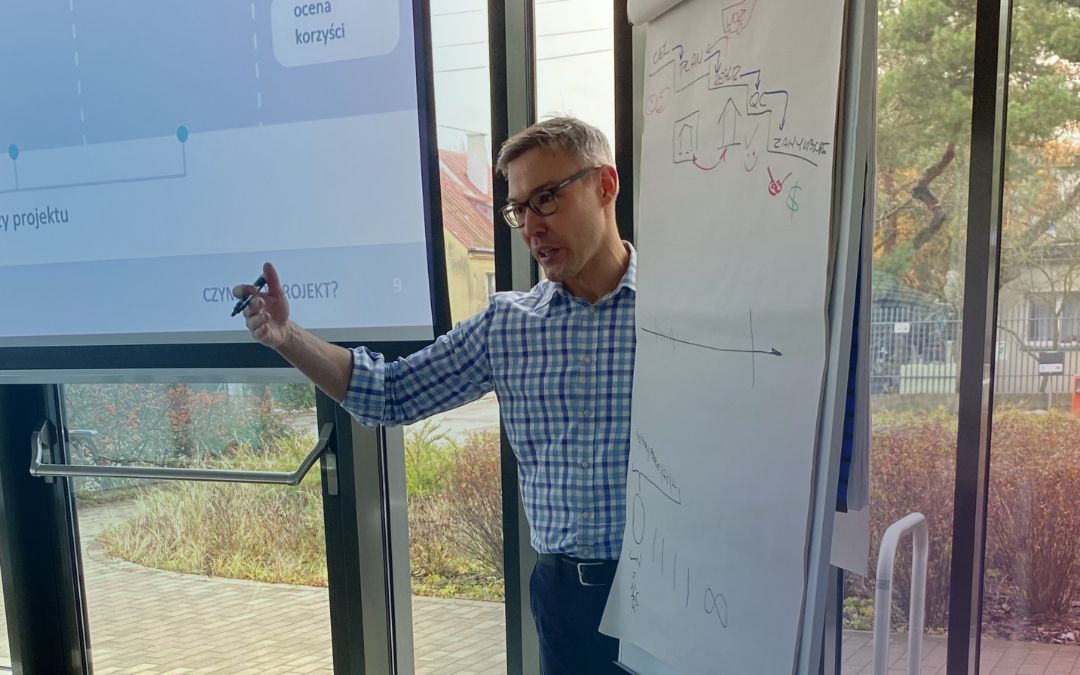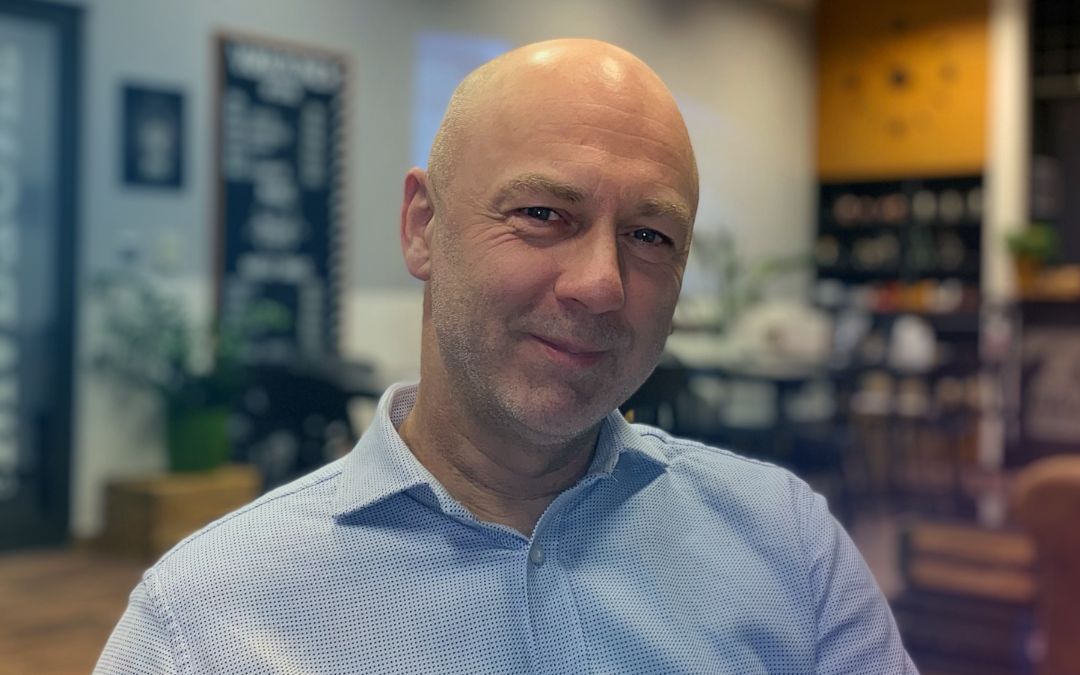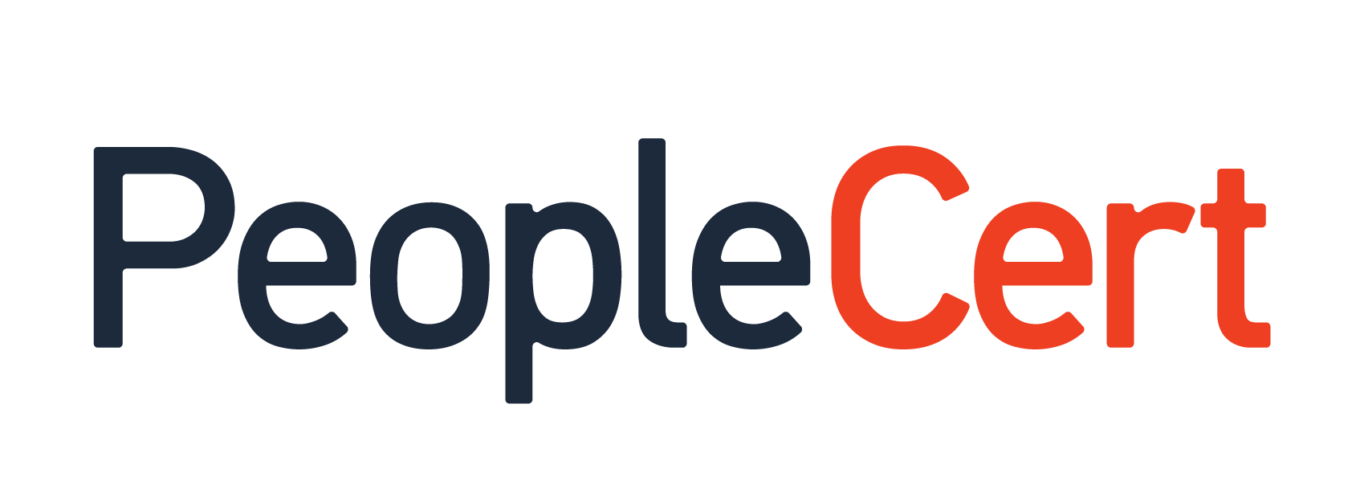In the previous comparison text PMBOK® Guide and the PRINCE® manual I compared two documents, i.e. project management plan according to PMBOK® Guide and project initiation documentation in accordance with the PRINCE2® methodology. I have examined their construction in detail to demonstrate that they serve the same general purpose, which is to provide a basis for organizing and effectively running a project. Effective project management must involve responding to changes that inevitably occur in every project activity.
Will the documents constituting the project also change as a result? Definitely yes. These documents contain a project plan (PRINCE2® methodology) or base plans (PMBOK® Guide), and of course plans change. US President Dwight Davis Eisenhower, Supreme Commander of the Allied Expeditionary Forces in Europe during World War II, is credited with the phrase: "A plan is nothing, planning is everything" (originally: "When preparing for battle, I always realized that plans are useless , but planning is essential”). Can we therefore afford to approach planning documents in a relaxed manner? Definitely not. PMBOK® Guide in relation to the project management plan states: Before the basic elements of the plan are defined, the project management plan can be revised as many times as necessary. No formal process is required at this time. However, once the underlying elements are defined, they can only be changed through the Perform Integrated Change Control process. Consequently, change requests will be created and decided upon whenever a change is requested. The result is a project management plan that is gradually developed and refined through controlled and approved updates until the project is completed.
So let's take a closer look at the Drive Integrated Change Control process, which is covered in section 4.6 in PMBOK® Guide. Already in its first sentence we read that "(...) it is the process of reviewing all change applications; Approving and managing changes to products, project documents and the project management plan; and communicating decisions made.” The next paragraph states: "the process is carried out from the beginning of the project to its completion and is the primary responsibility of the project manager. Can we find its equivalent in the PRINCE2® methodology? Definitely yes. It is the procedure for controlling issues and changes. It includes the following steps:
- Register, i.e. specify the type of issue (it may be: a request for changes; a deviation, or non-compliance; a problem/concern), determine its importance/priority, register the issue;
- Assess i.e. assess the impact on the project objectives, business case and risk profile of the project, check importance/priority;
- Propose, i.e. identify, options and recommend options;
- Decide, i.e. escalate if the granted permissions are exceeded, approve, reject or postpone the recommended option;
- Implement, i.e. take corrective actions, update records and plans.
These steps are, of course, to be taken by the project manager. But is the project manager the right person to decide on every change request? Definitely not. The above-mentioned "Decide" step in the procedure recommended by the PRINCE2® methodology also means "escalate" if the granted rights are exceeded. The project manager, not having sufficient authority to introduce a change, will therefore turn to the steering committee or a person or group of people designated by the steering committee who will act as a "change authority". PMBOK® Guide states similarly: “Each documented change request must be approved, deferred, or denied by the responsible person, usually the sponsor or project manager. (…) If appropriate, the Conduct Integrated Change Control process may include a change control board.”
To conclude this part of my considerations, I will quote two more important quotes, one from each of our "revealed books". Sentence concluding the second paragraph of section 4.6 PMBOK® Guide reads: "The level of change control used depends on the area of application, the complexity of the specific project, contractual requirements, and the context and environment in which the project is conducted." Let's add the second sentence from section 11.3.2 of the PRINCE2® manual: "It is important that the approach to project change control supports effective decision-making and does not create unnecessary problems or bureaucracy." It is definitely difficult to add anything more to this consistency between the two books.
Author: Maciej Krupa
Previous entries in the series:
PMBOK® Guide vs manual PRINCE2® – Project integration management part 2
PMBOK® Guide vs manual PRINCE2® – Project integration management part 1
Project life cycle - PMBOK® Guide vs manual PRINCE2®










